A Week in the Bush Vol. 473
on Sep 20, 2023On a cold and slightly drizzling morning, we headed out on safari with high hopes of what the day might bring. We were busy viewing the general game when we spotted vultures landing in the distance. Gathering in the trees, we immediately made our way into the area and started searching for what the cause might be. Shortly after, we came across the Southern Pride with all three cubs on a big kudu kill.
Having not seen the cubs in a few weeks, we were happy to see them all still thriving. The kill is hidden under a fallen Knobthorn tree at the bottom of a deep drainage line, making this the perfect area. Unfortunately, the vultures gathering will attract a lot of unwanted attention, and these females are fully aware of any danger coming their way. They will spend most of their time around the kill, finishing it off as they are perfectly hidden away from the windy and wet weather conditions we are experiencing today.
The cubs are roughly seven months old and start to rely more on the nutrients they are getting from feeding on meat rather than nursing from their mother.
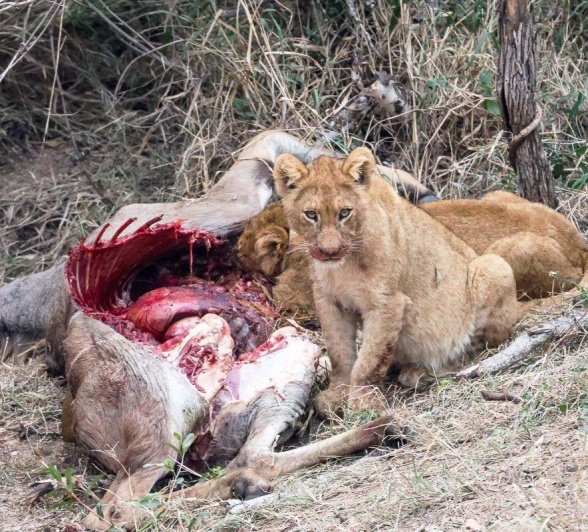
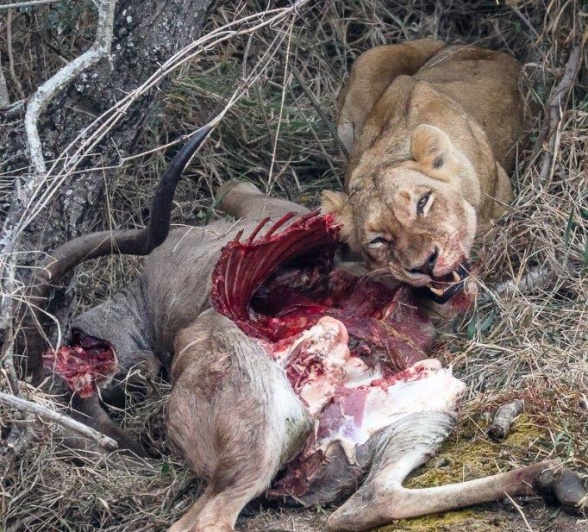
We followed up again the next day… they were nursing their full bellies and soaking up the warm morning sun. One of the Gijima males joined them through the night, but he kept his distance from the rest of the pride. The pride will spend the next day or two digesting their meal before looking for the next potential prey animal. Lions will feed on average every third day but are very opportunistic and will hunt again when they can.
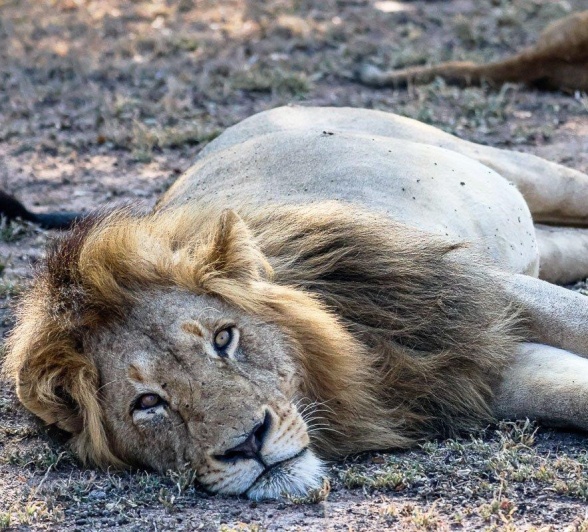
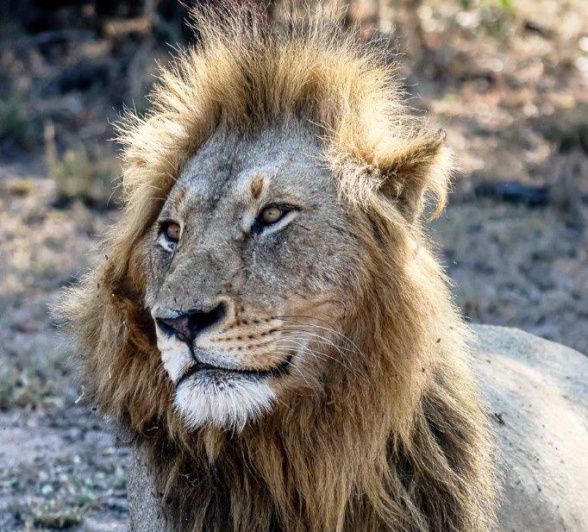
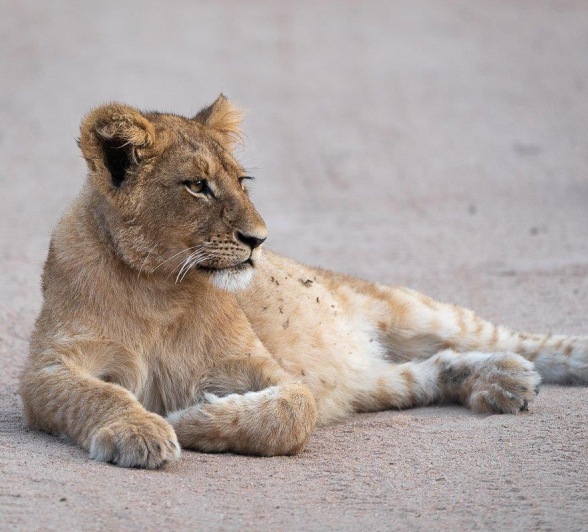
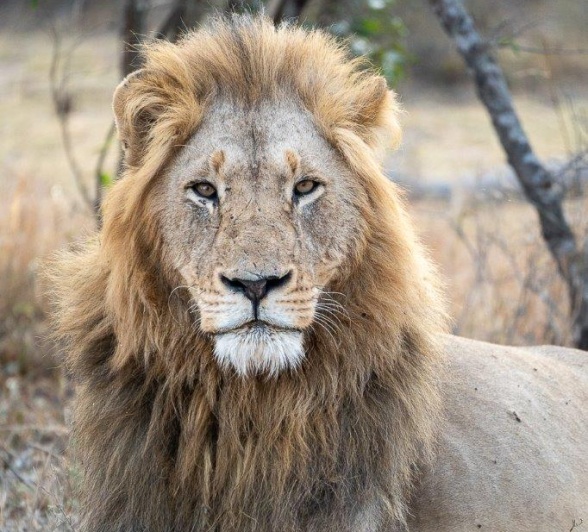
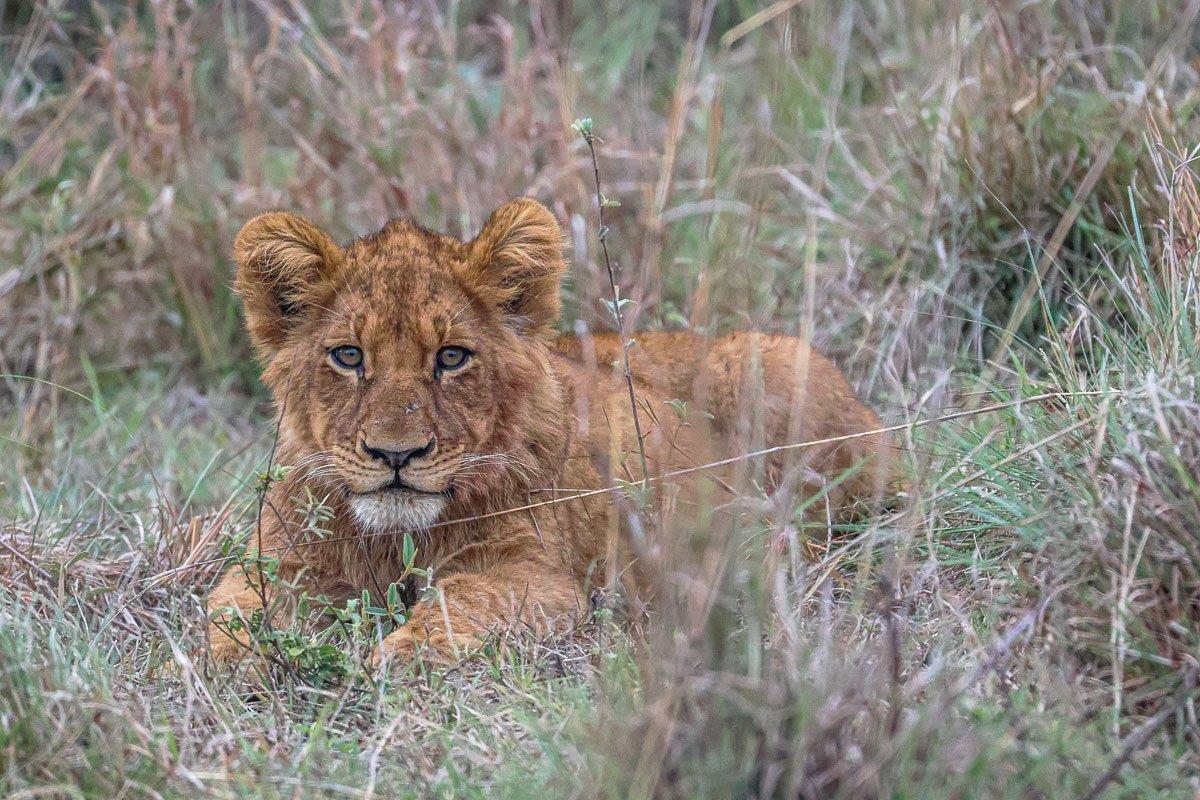
Three Talamati females were resting close to Bush Lodge, with the fourth lioness nearby, accompanied by one of the Gijima males. The Gijima males have full paws, with many females in their territory ready to start mating. There are very exciting times ahead in the lion dynamics in the area as the Gijima male have recently been seen mating with the Southern Pride, Talamati Pride, and Styx Pride.
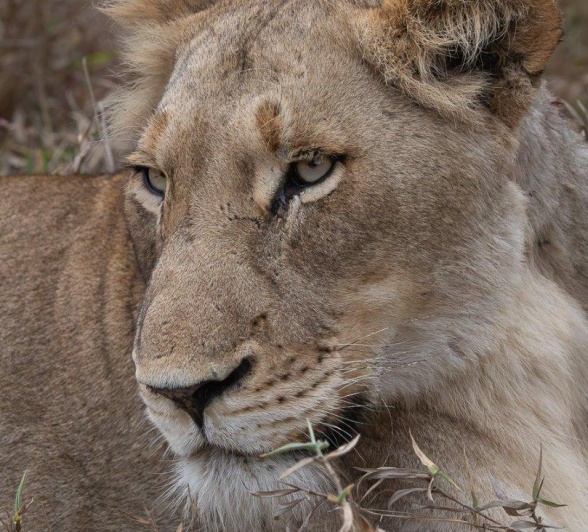
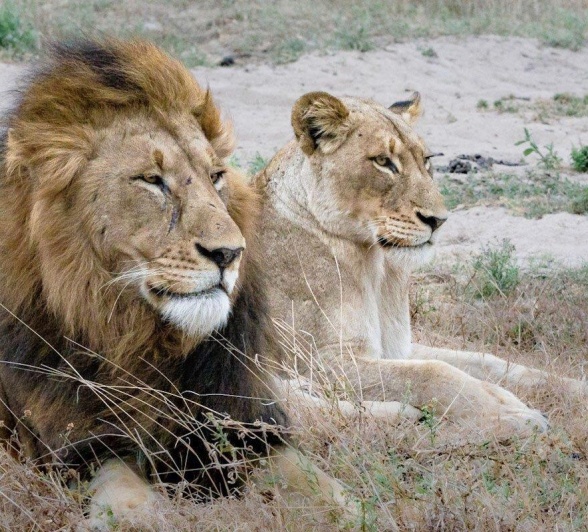
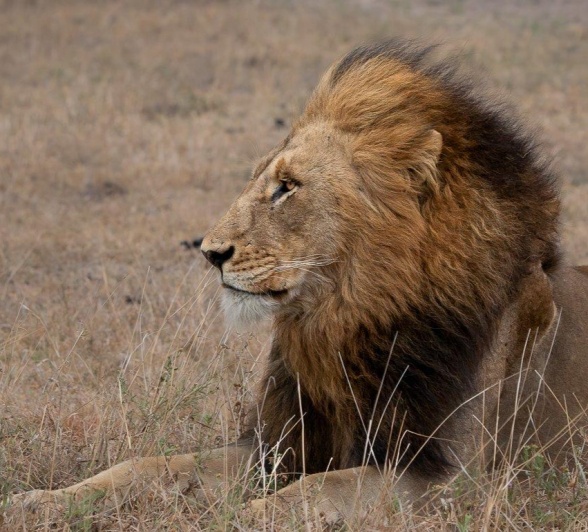
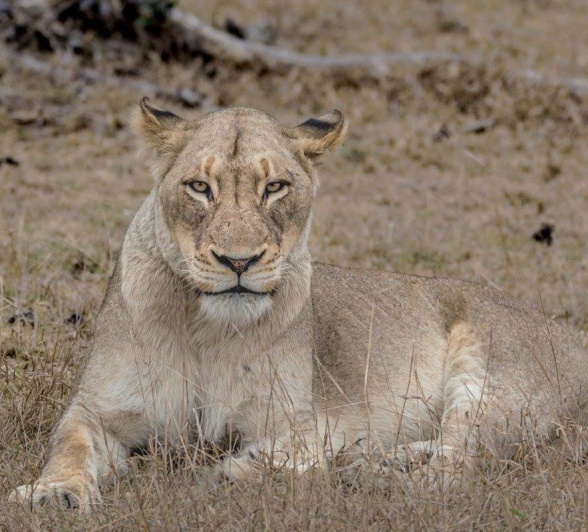
The Talamati Pride has been spending most of their time on the Northern sector of Sabi Sabi. With the vast open grasslands home to large numbers of wildebeest, zebra, impala and buffalo, there are plenty of opportunities to hunt. Over the weekend they were found with full bellies after a successful night hunting, accompanied by the Nkuhuma male.
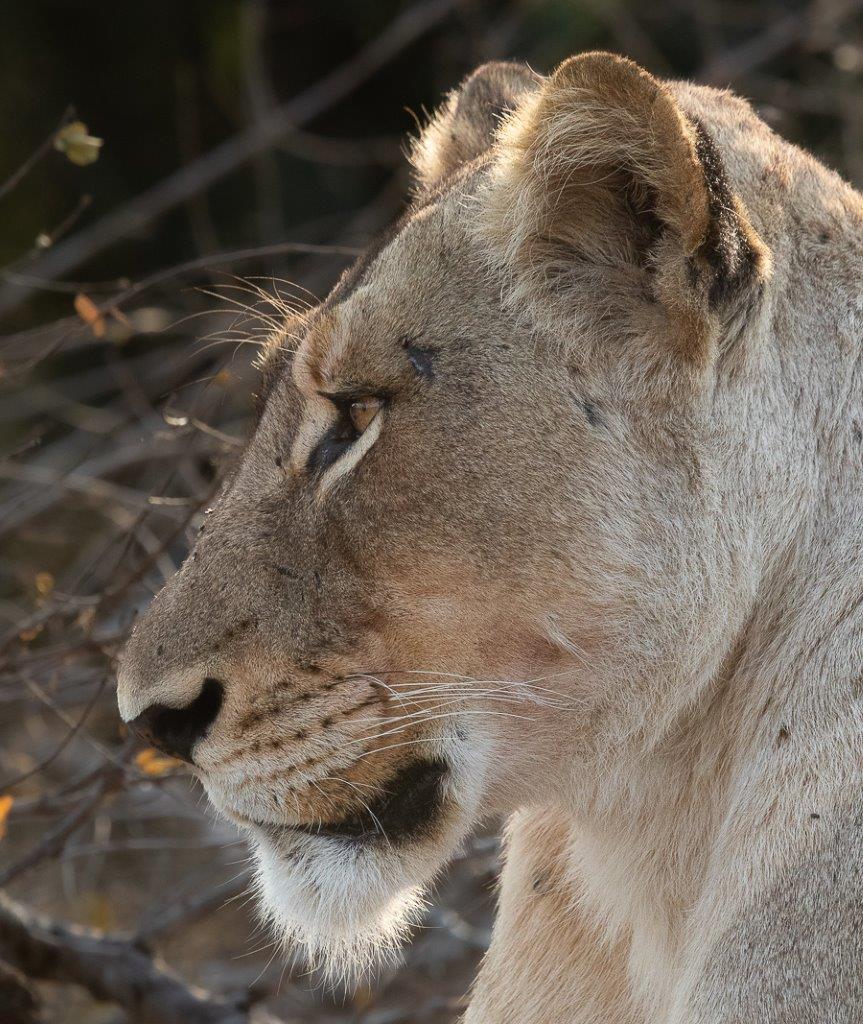
Having morning coffee at Earth Lodge, we saw what looked like the tail of a Wild Dog disappearing into the thicket in front of the lodge. As we headed out on safari, we looked at the waterhole in front of the suites to see if there was any sign of them. To our surprise, we found the pack resting next to the water.
Slowly getting active as they were warming up in the morning sun, two hyenas were lurking close by, and it didn't take the wild dogs long to chase them off before carrying on deeper into our reserve.
Hyenas often follow wild dogs around as they know they will make a kill and hope to steal the carcass or at least a part of it for themselves. Wild dogs are the most successful predators, with a hunting success rate of about 90%. We left the pack resting on a termite mount overlooking the area; only time will tell if they will secure a meal, as wild dogs feed almost daily.
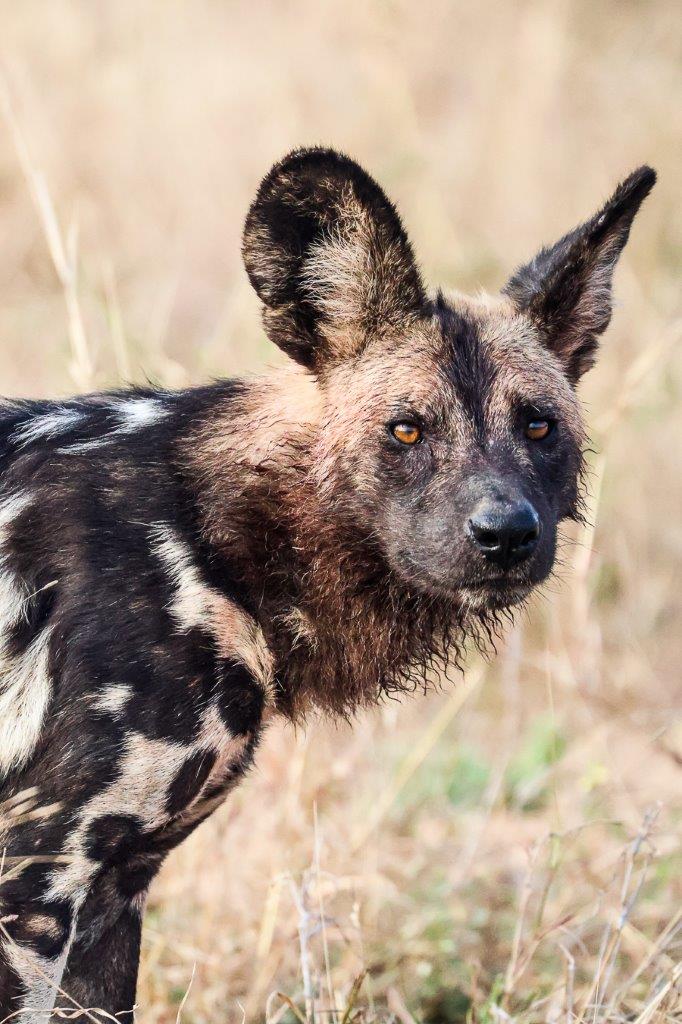
Lean, long-legged, and light-footed; Wild Dogs are built for endurance chases that depend on persistence, speed and stamina. We witnessed one such chase on our morning safari where a large pack of Wild Dogs successfully hunted down a common duiker.
With a pack exceeding 13 individuals, they will need to hunt again to ensure all are well-fed.

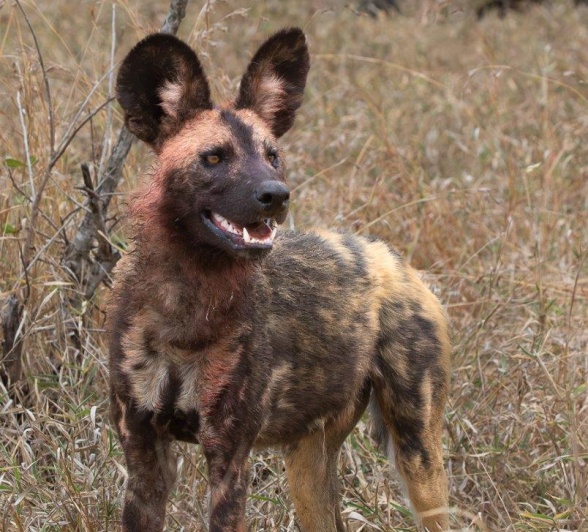
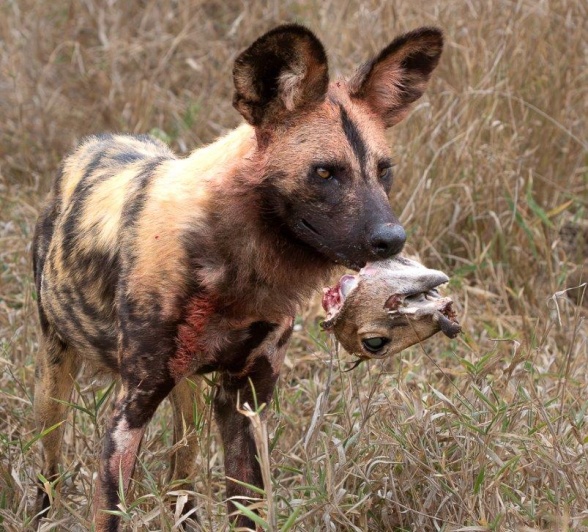
Reports of a male cheetah on the reserve caused much excitement between guests and guides while on safari. We made our way to a very thick area where he'd been seen, so we knew we would have our work cut out.
After circling for a while, we finally got lucky as we found this majestic animal gracefully walking through the thicket, searching for a more open area. It was a cool morning, perfect conditions for hunting. He chased after an animal in the thicket, and we lost sight of him as he disappeared. With cheetahs being the fastest land-moving mammal in the world, keeping up with them in a thicker area is always a challenge.
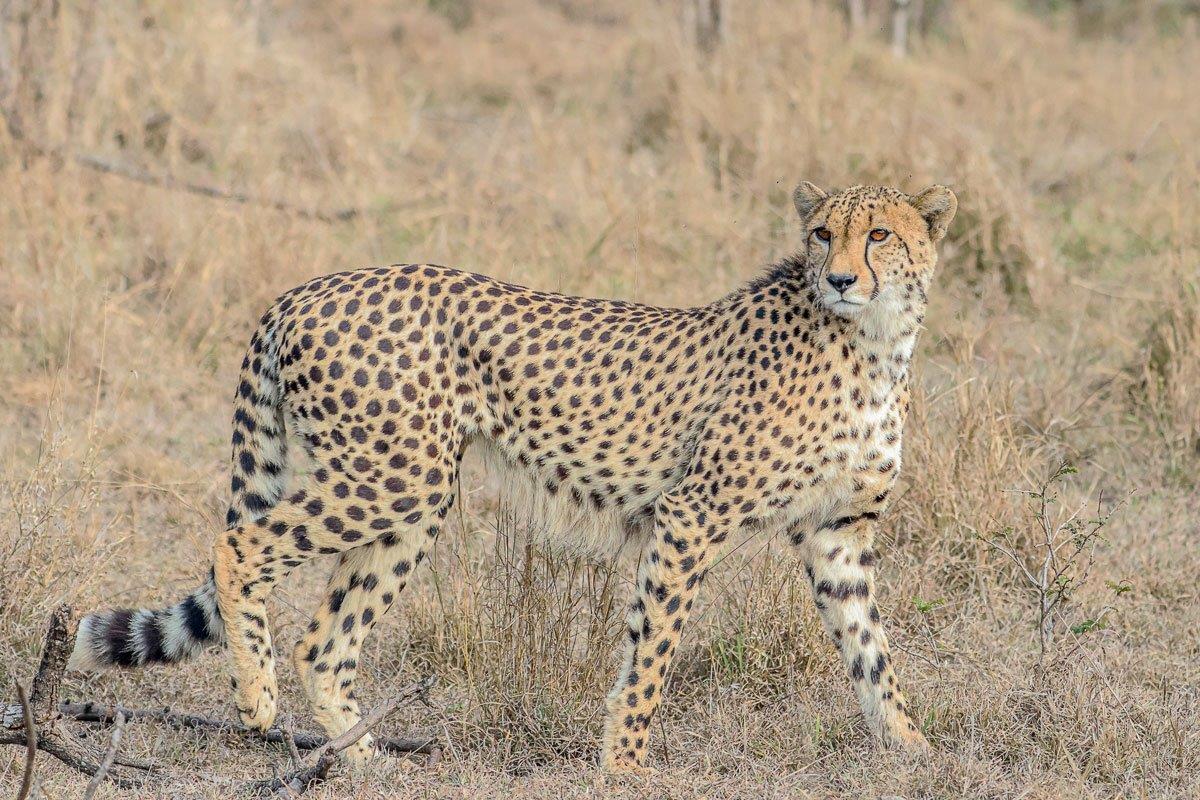
The Khulwana male leopard was found close to Bush Lodge where he has been seen regularly of late. He seems to have pushed Mawelawela male further west and is making the central section of Sabi Sabi his home.
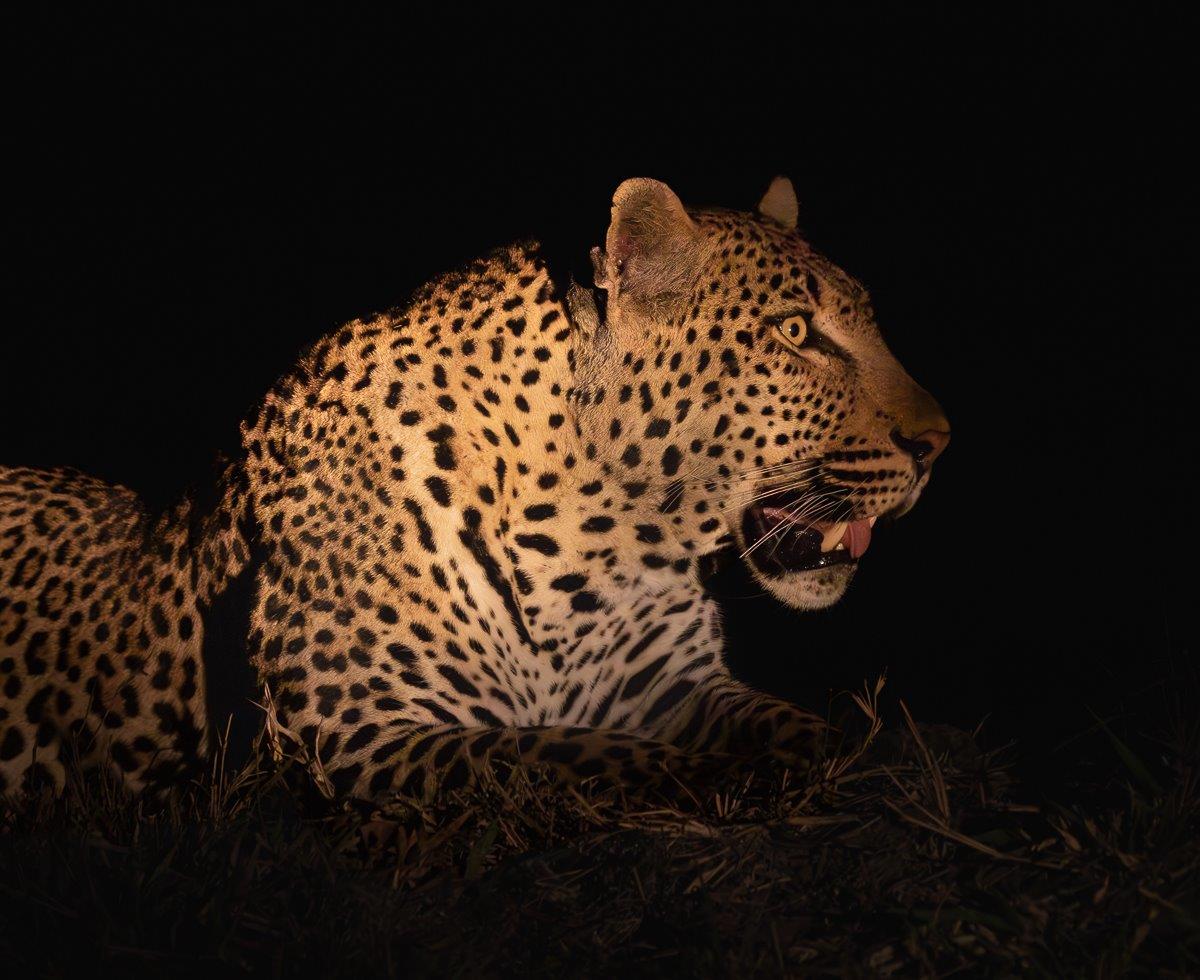
Golonyi was seen regularly again this week. Our first sighting of her was up a tree with a large impala ram kill. This fully grown impala male, being very heavy, especially for a young female leopard, is very tough hoisting for her. Leopards will usually try and feed on some of the carcass while it is still on the ground, feeding quickly as they know they are vulnerable to other predators and scavengers stealing their meal. As the carcass becomes smaller/lighter, it is easier to hoist to safety, where they can relax and feed at their own pace.
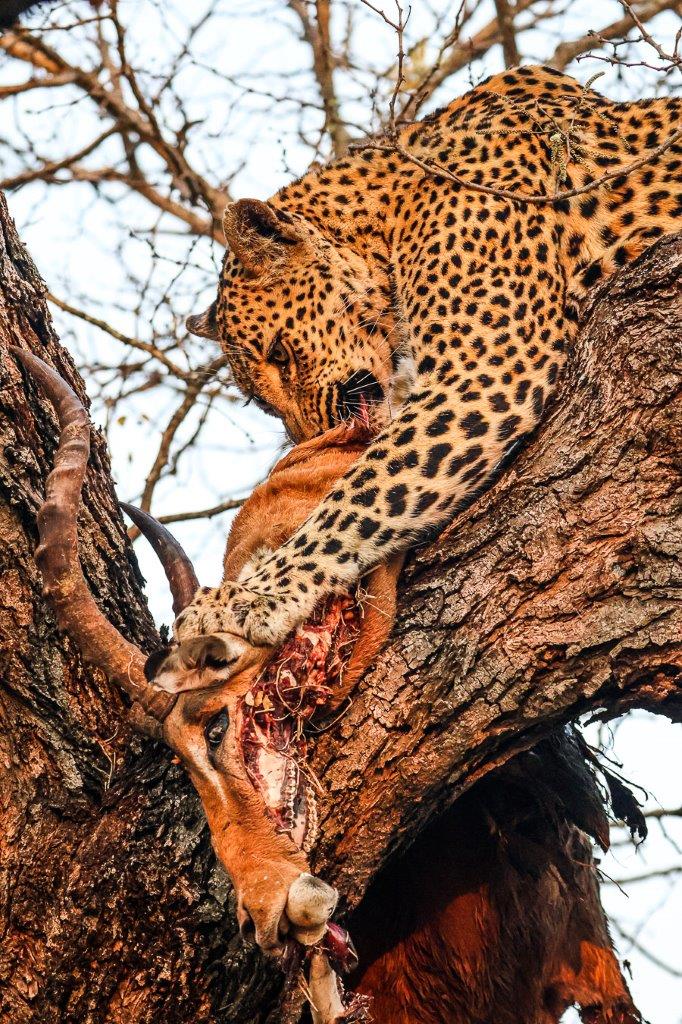
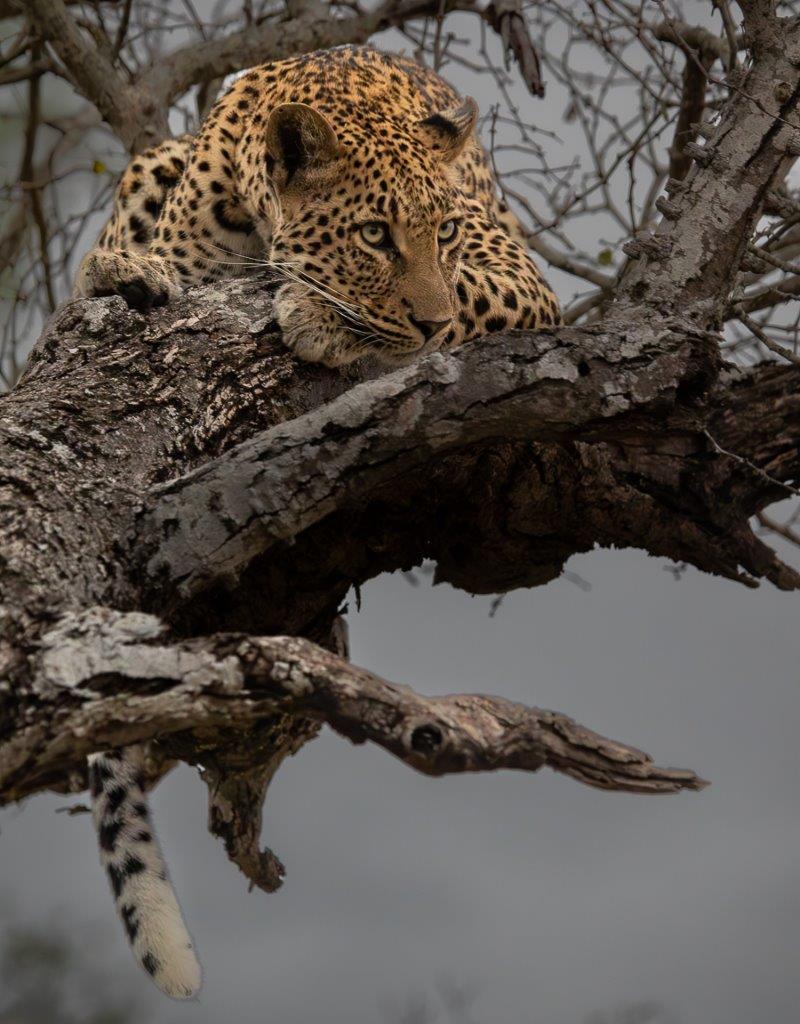
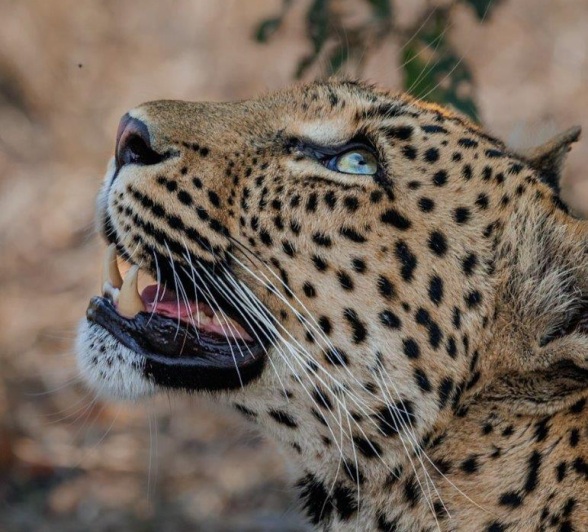
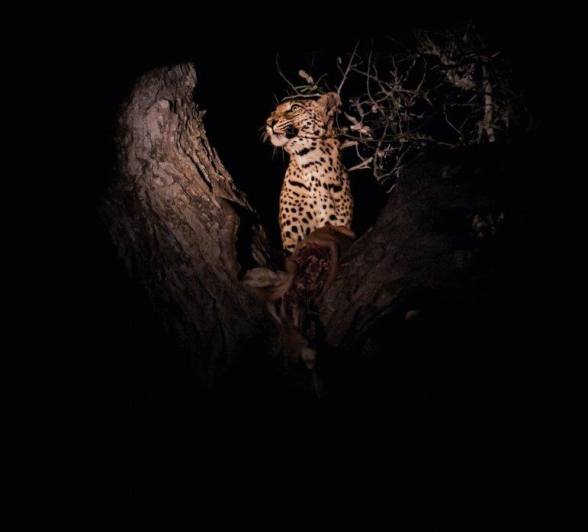
In another sighting, while tracking lions, we came across Golonyi casually walking down the road. Her posture changed from being relaxed to focusing more on something ahead of her. We could see a herd of impala in the distance, and we waited patiently for her to make a move. But as the sun got hotter by the minute, we could see her rethinking her hunting decision. Moving on to find some shade to spend the rest of her day, she finally made herself comfortable on a termite mound, where she will most likely spend the rest of her day.
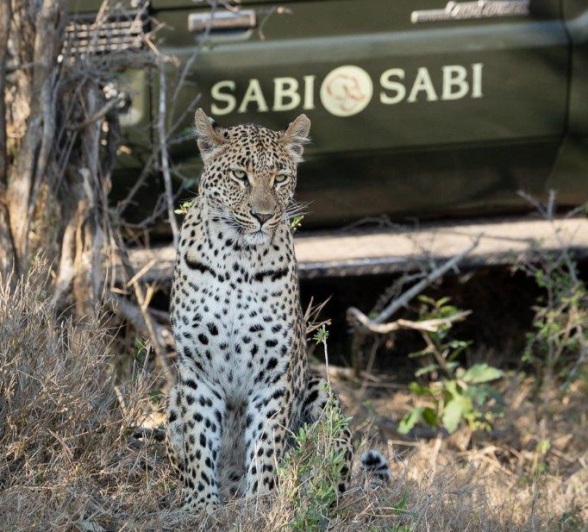

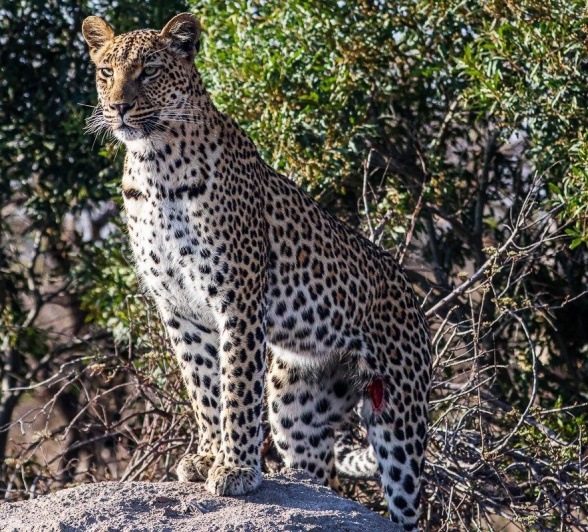
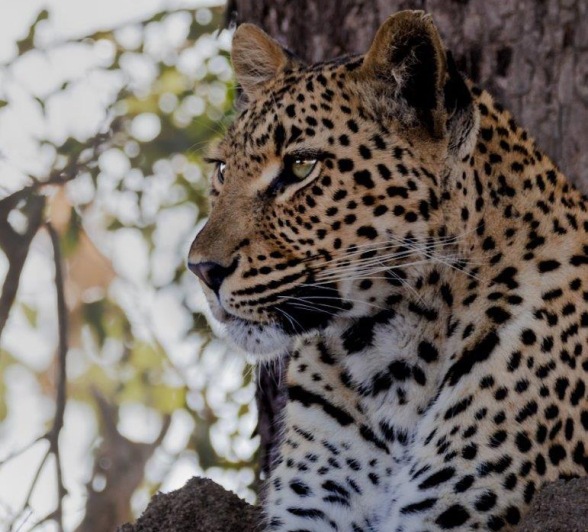
Towards the end of the week, she was looking like she needed another meal. She moved from tree to tree, secretly scanning the plains for her next meal and as always providing excellent photographic opportunities.
Leopards are extremely adaptable when it comes to food and have been known to feed on anything from insects, birds, and scrub hares when times are tough, and are also capable of taking down much larger prey that exceeds their immediate needs which they are able to stash in trees out of reach of other predators and scavengers.
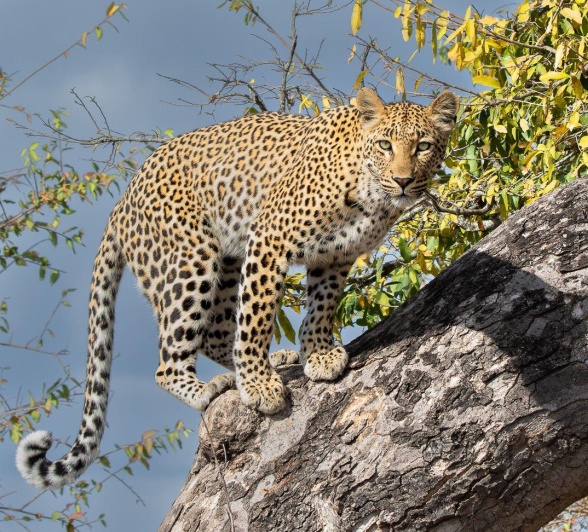
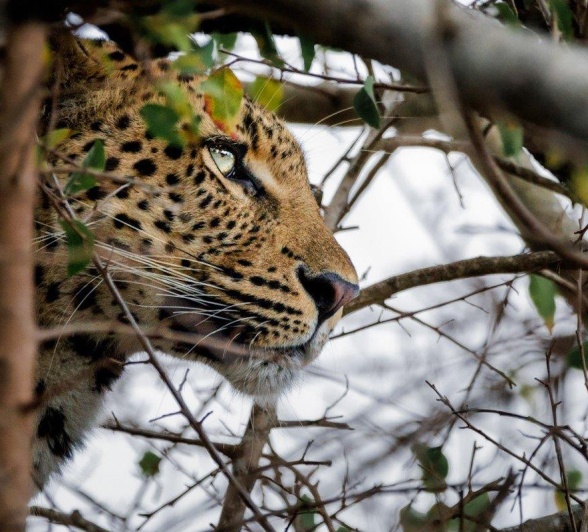
The Umlechwaan River drainage line in the southern sector of Sabi Sabi is home to some massive Jackalberry trees and is one of those areas you drive through and imagine a leopard to be spread out on the giant branches sleeping in the tranquil setting.
And there she was, the beautiful Jasiri female leopard sleeping comfortably in a Jackalberry tree waiting for her next meal to pass by her concealed position.
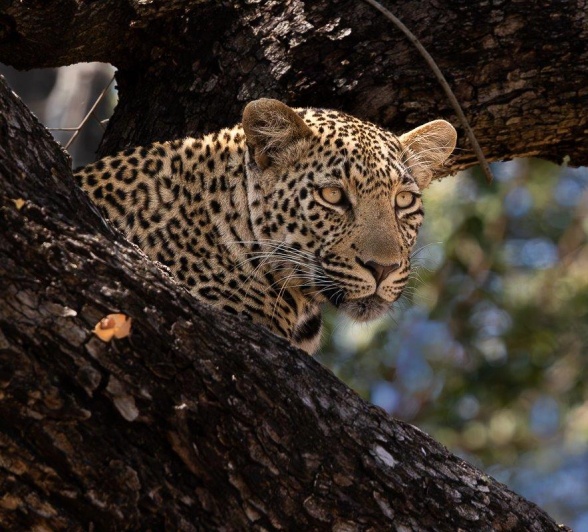
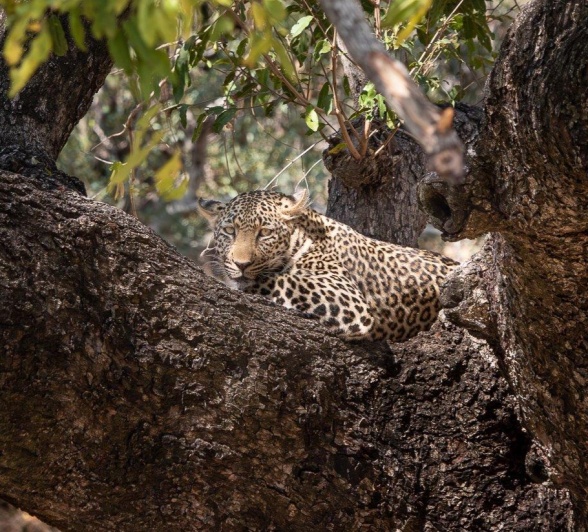
You can tell a lot about an elephant by looking at their tusks. Elephants will use their tusks as a tool in many different ways, like digging, stripping bark off trees, cutting grass, and for defence.
This particular elephant cow predominantly uses her right tusk more than the left one, as in this image, you can see a groove starting to form at the tip of her tusk.
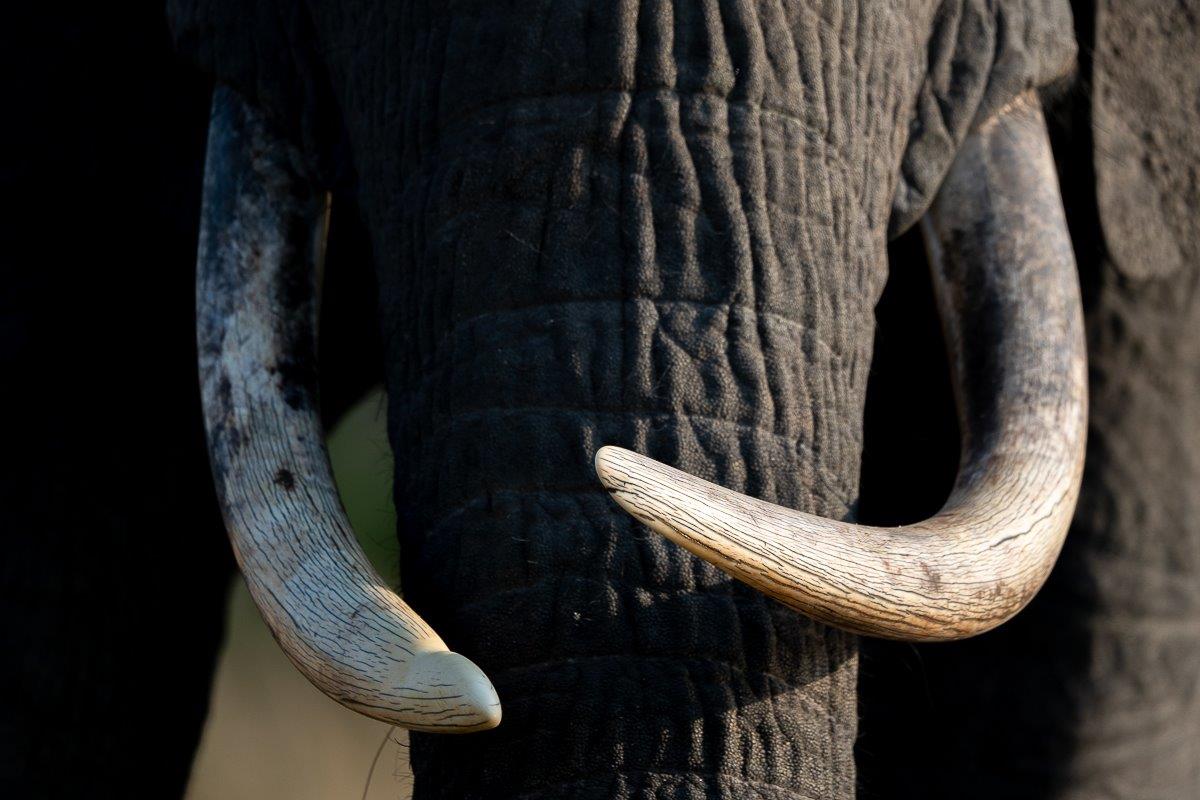
The endangered Southern Ground Hornbill was found waddling through open grassland in search of food. They will eat anything they can over-power from reptiles, insects, frogs to hares and small birds. Prey is picked up, chased down, or dug up from soil or dung.
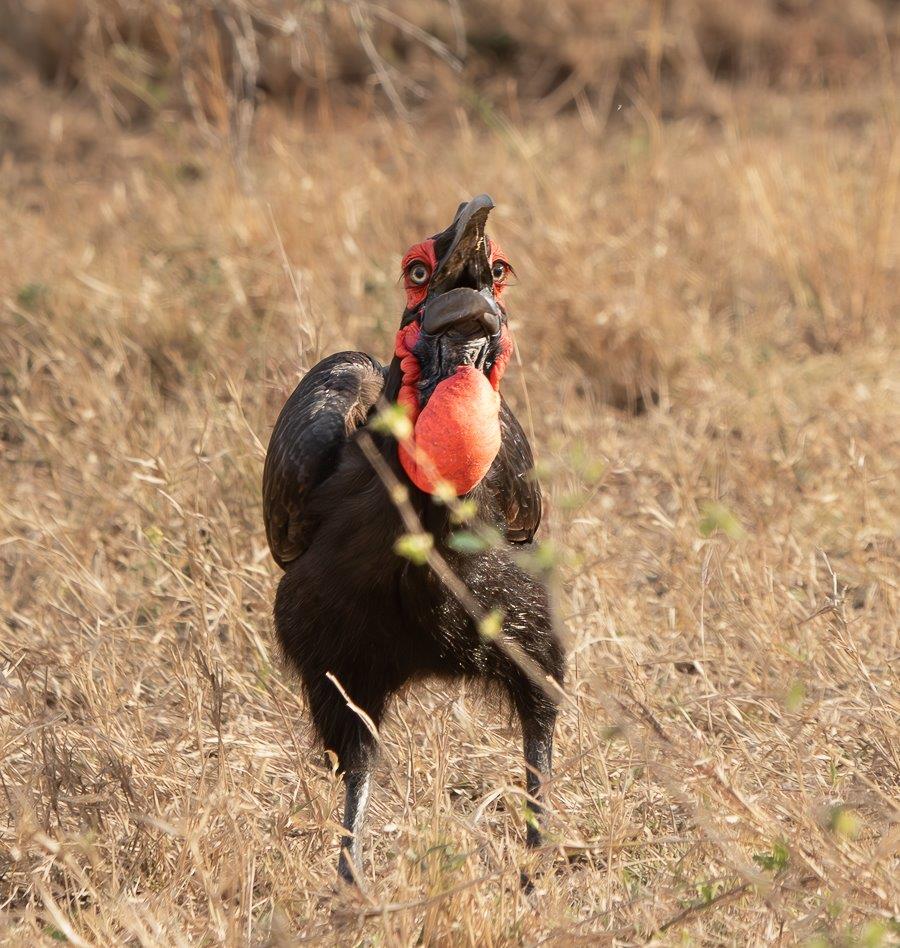
We were treated to an incredible sighting of a big herd of buffalo slowly starting to graze toward one of our waterholes on the reserve. It was clear from early morning that it would be another warm day in the bush, and the buffalo started preparing themselves early for the high temperatures by covering their bodies in mud, which acts as a sunblock, protecting their skin from the sun.
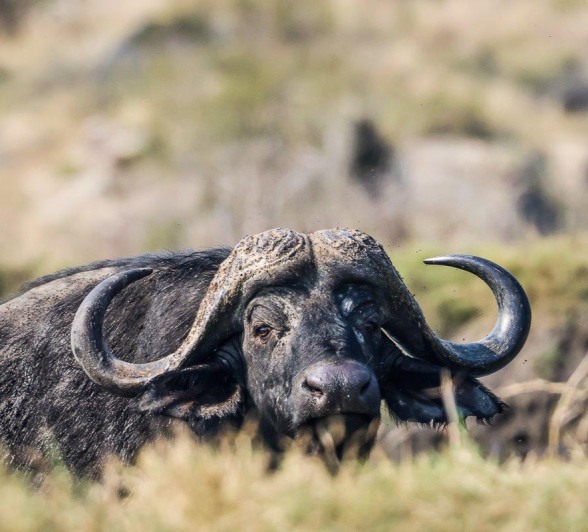
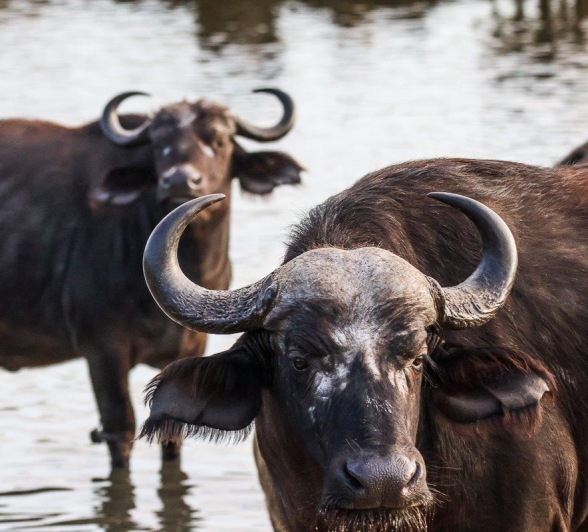
As we move into the warmer months, the bush begins to wake up. The return of birds, insects, chameleons, and snakes. A stunning Southern African Python basked in the warmth of the morning sun, in amongst jagged edges of a broken branch that had since been hollowed. These jagged edges would have been perfect for her to rub against so that she may shed her old skin. A fascinating and unusual sighting reassuring us, summer is edging ever closer.
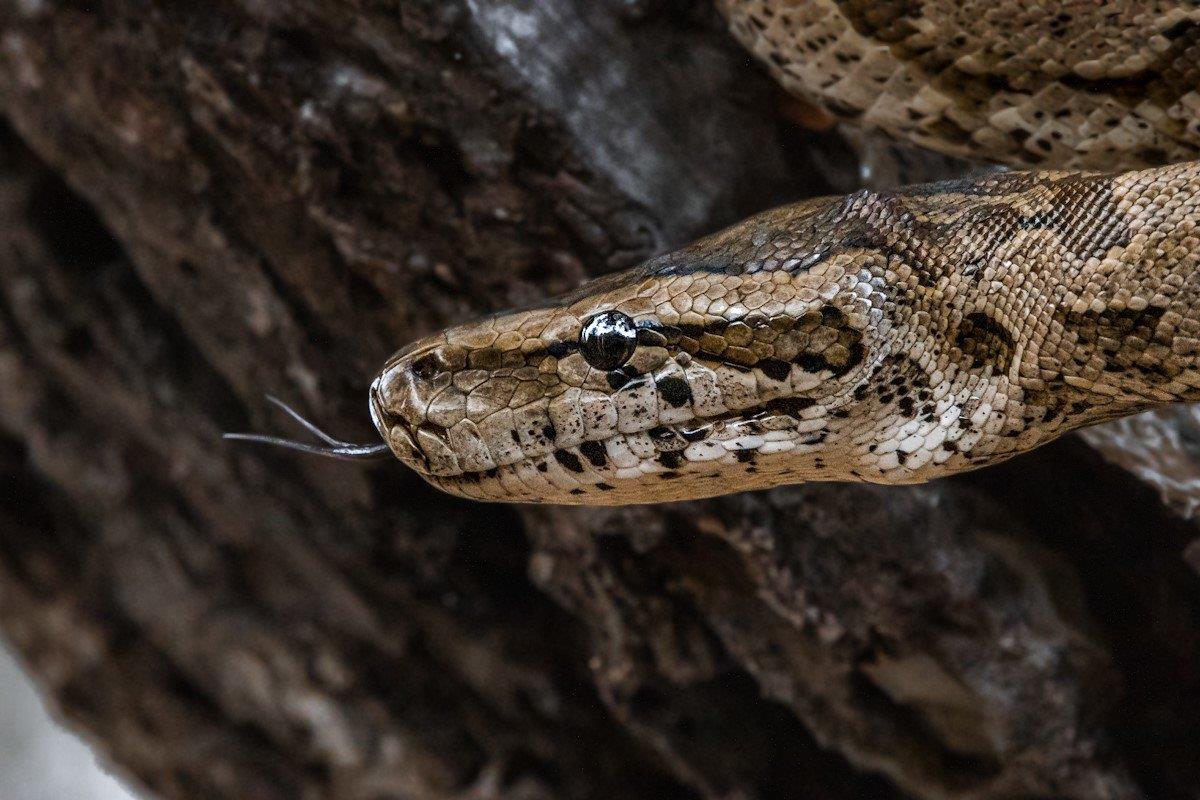
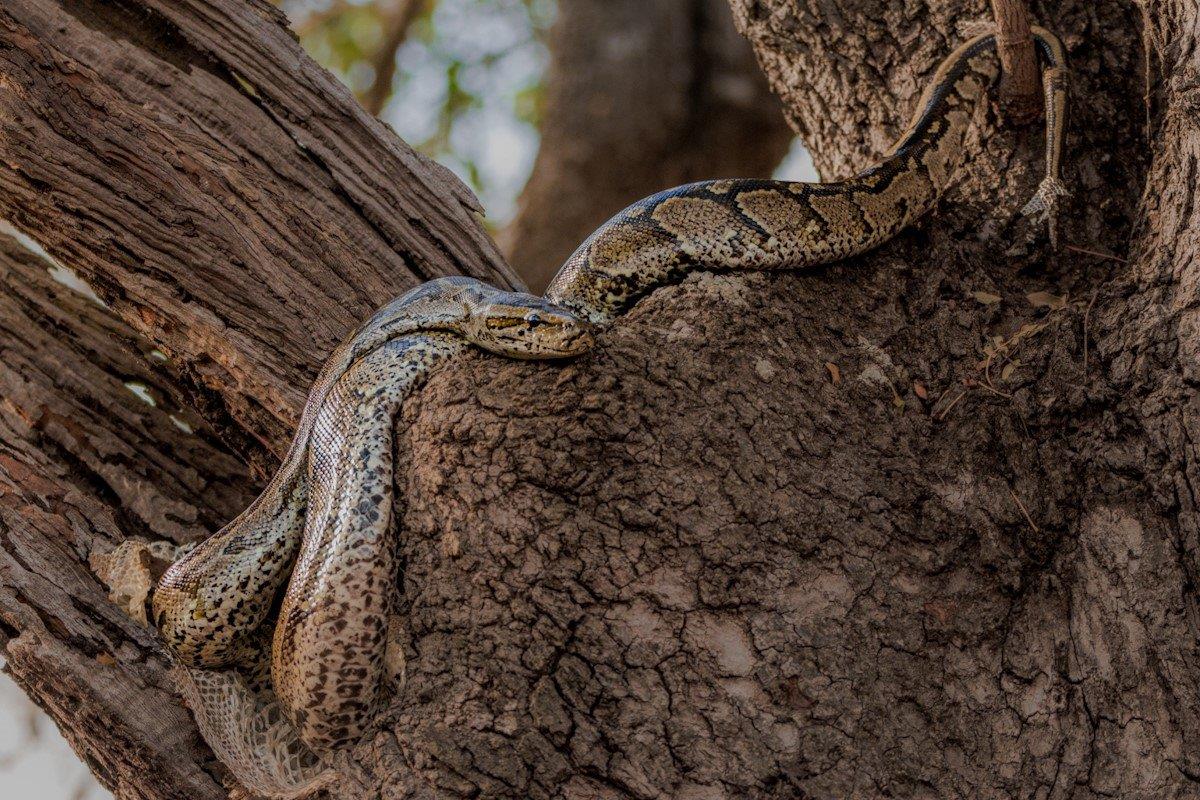
The Grey-headed Bushshrike is a bird commonly heard around the denser vegetation along drainage lines at Sabi Sab but seldom seen. On this occasion we were lucky to find one in the open foraging for insects in some bare branches.
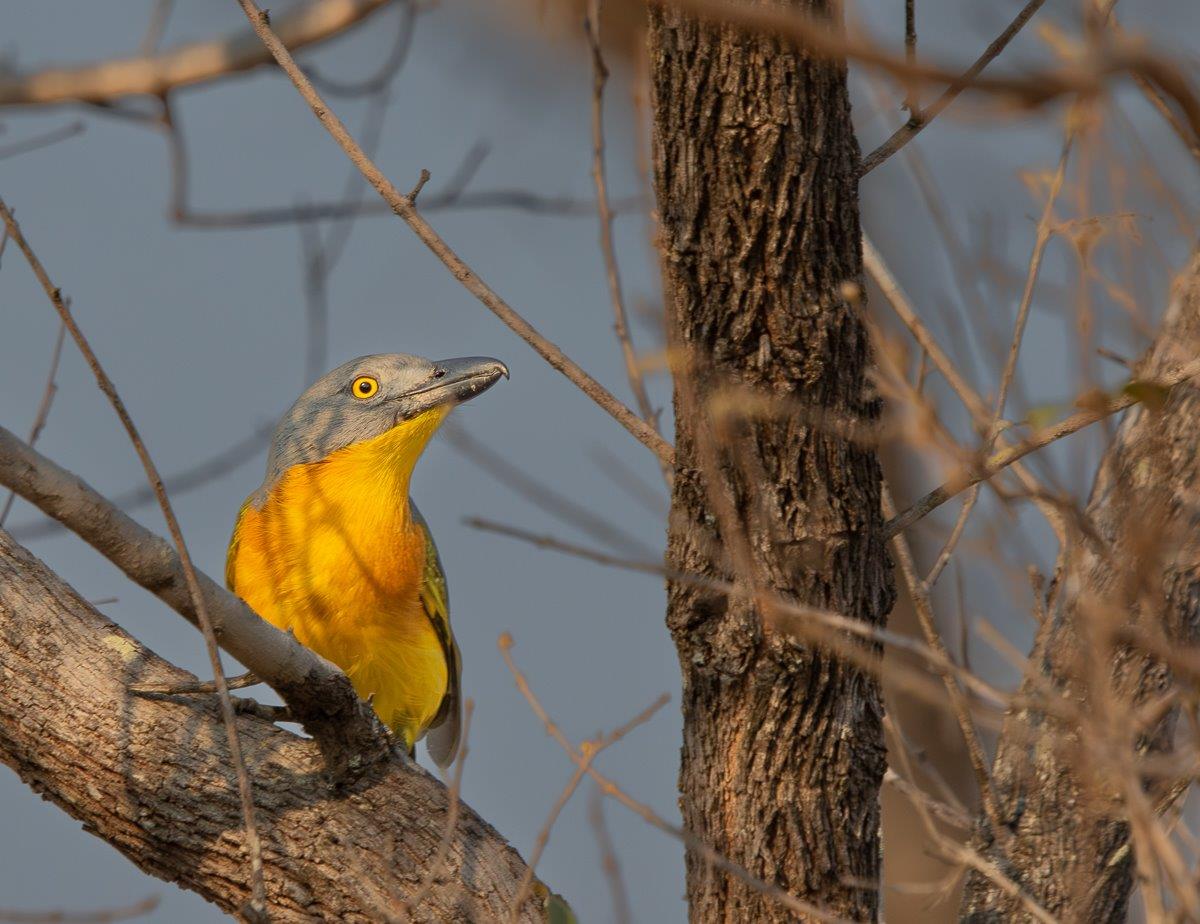
Until next time…
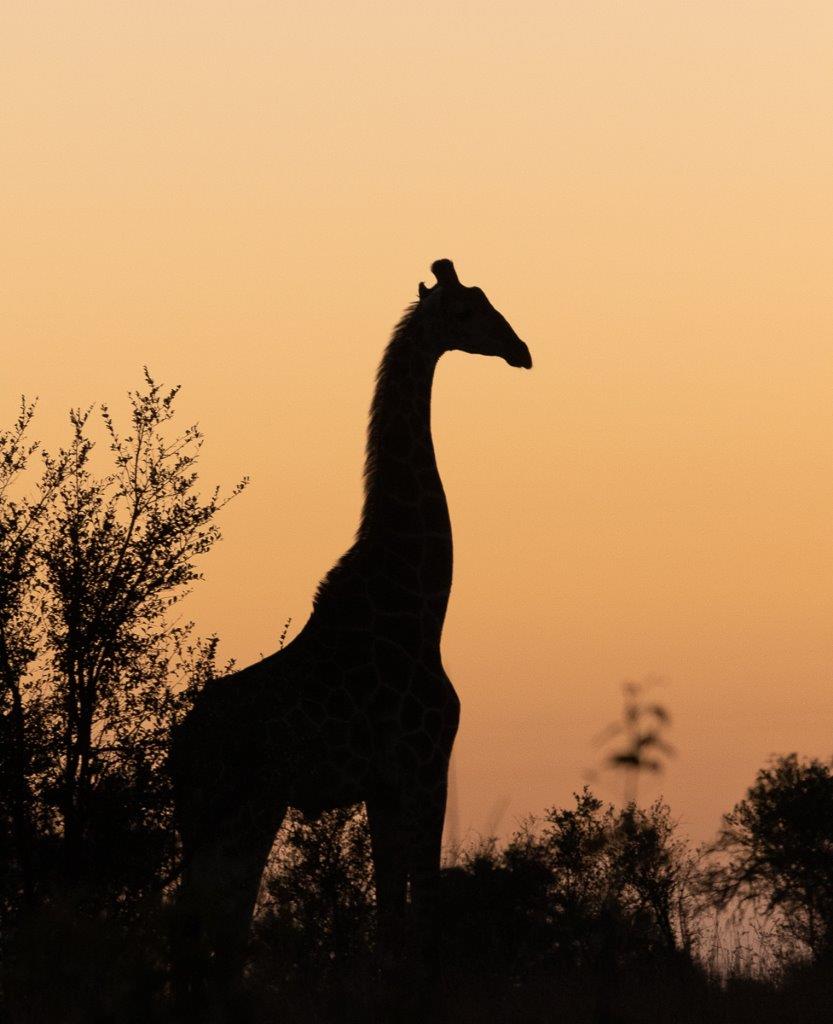
Blog by Wendy Claase
Images by Daniel Greyvenstein, Devon Jansen, Jason Street and Ruan Mey







